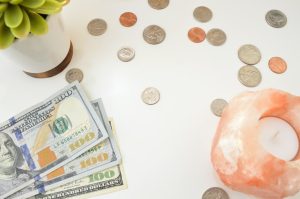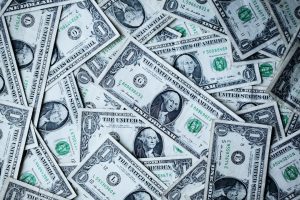Forex leverage is one of the most popular features in the forex market. It allows traders to magnify their profits by borrowing capital from their broker. Leverage can be a double-edged sword, however, as it can also magnify losses. In this article, we will explain how much you have to pay for using forex leverage.
What is Forex Leverage?
Forex leverage refers to the amount of money that a trader can borrow from their broker to trade currencies. It is usually represented as a ratio, such as 1:50 or 1:500. This means that for every dollar the trader has in their account, they can borrow up to 50 or 500 dollars from their broker, respectively.
For example, if a trader has $1,000 in their account and the leverage is set at 1:50, they can open a position worth $50,000 ($1,000 x 50). This allows the trader to make larger profits than they would have been able to without leverage. However, it also means that losses can be magnified if the trade goes against the trader.
How Much Does Forex Leverage Cost?
Forex leverage is not free. The cost of using leverage is called the margin. The margin is the amount of money that the trader must have in their account to open a leveraged position. The margin is usually expressed as a percentage of the total value of the position.
For example, if the margin requirement is 2%, and the trader wants to open a position worth $50,000, they will need to have $1,000 in their account (2% of $50,000). This $1,000 is the margin.
If the trader wants to use higher leverage, they will need to have a smaller margin. For example, if the leverage is set at 1:500, the margin requirement may be only 0.2%, which means the trader would need only $100 in their account to open a position worth $50,000.
The margin is not the only cost of using forex leverage. Traders also need to pay interest on the money they borrow from their broker. This interest is called the rollover or swap rate. The swap rate is the difference between the interest rates of the two currencies in the traded pair.
For example, if a trader opens a long position on the EUR/USD pair, they are buying euros with dollars. If the interest rate on euros is higher than the interest rate on dollars, the trader will earn interest on their position. If the interest rate on dollars is higher than the interest rate on euros, the trader will pay interest on their position.
The swap rate is calculated on a daily basis and is usually credited or debited to the trader’s account at the end of each trading day. The amount of interest paid or earned depends on the size of the position and the swap rate of the traded pair.
Conclusion
Forex leverage can be a powerful tool for traders, but it comes at a cost. The cost of using leverage is the margin, which is the amount of money that the trader must have in their account to open a leveraged position. Traders also need to pay interest on the money they borrow from their broker, which is called the rollover or swap rate. The cost of using leverage depends on the size of the position, the leverage ratio, and the swap rate of the traded pair. Before using leverage, traders should carefully consider the risks and costs involved.






